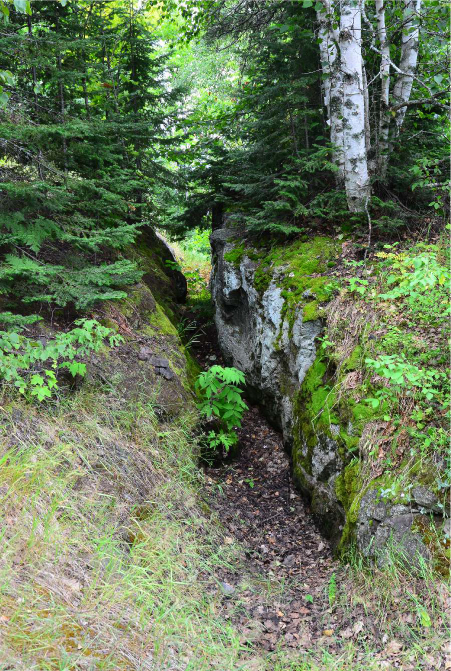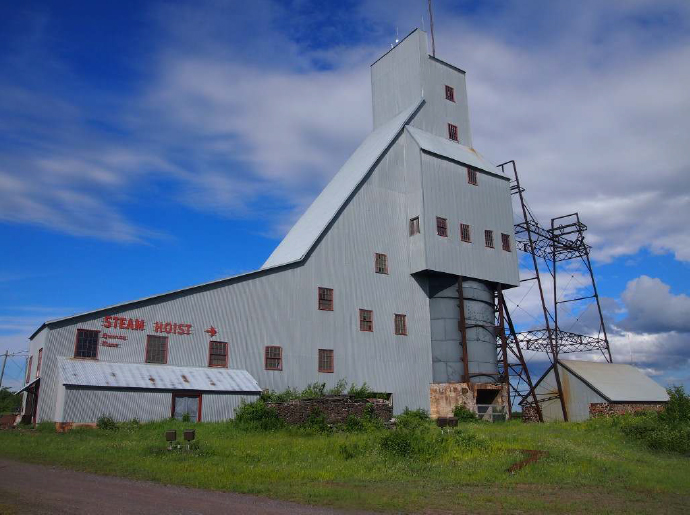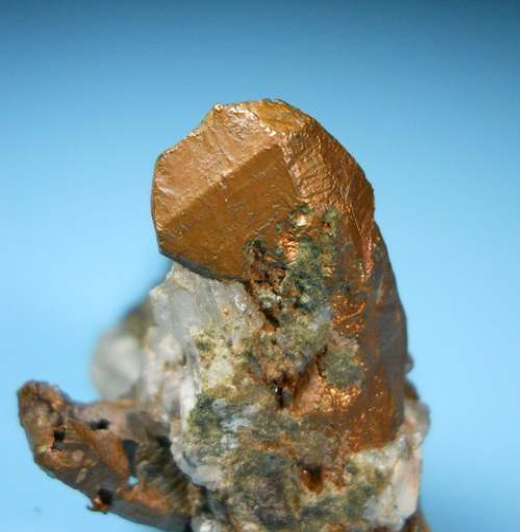More than one billion years ago,

Following the most recent North American continental glaciation, which left some of this copper exposed, native peoples mined copper locally for about 7,000 years. An estimated 500,000 pounds of copper was removed. Through trade between
Exploration and fur trapping prior to the American Revolution brought non-natives to the area. Following Michigan’s statehood in 1837 rumors of metal deposits in the region sent the new State Geologist, Douglas Houghton, to the Upper Peninsula to search for useable minerals. Beginning in the 1840’s prospecting and then mining began on what would prove to be the world’s largest known deposit of native copper. Mining started in Keweenaw County and quickly expanded to adjacent Houghton and Ontonagon Counties. Initially, mining was also attempted on Isle Royale but those deposits were not economically successful.


As was common in that era, many mines and mining companies were not successful, but some were and a few became fabulously successful. The companies that combined to become Calumet and Hecla are credited with making millionaires of some investors on the east coast. The Quincy Mine was known as “Old Reliable” for paying stock dividends in all but one of 100 years.

These companies and their mines are now gone but not forgotten. The Keweenaw National Historic Park was created to preserve the history of the region. The “poor rock” piles from the old mines remained, although many were and are being removed for construction purposes. Mineral collecting on these piles by amateurs has yielded many fine specimens of native copper and occasionally silver as well as other interesting minerals.
All of this has taken place along the south shore of Lake Superior. The area is remote from large urban development. It is hilly and wooded. The Keweenaw Peninsula is surrounded by Lake Superior on three sides. It is considered by many to be the finest scenery in the mid-west.
Many of the former mining towns remain although some are now “ghost towns”. On opposite sides of Portage Lake are Hancock and Houghton (the home of Michigan Technological University). To the north are Calumet, Laurium, and several small communities, the northernmost of which is Copper Harbor. Farther to the south is Ontonagon, gateway to Michigan’s Porcupine Mountains State Park.